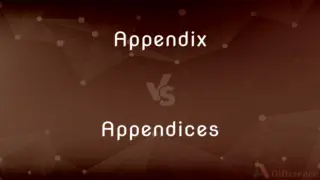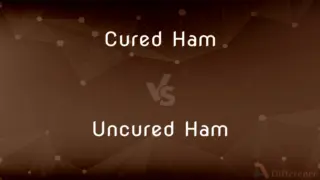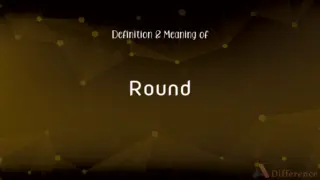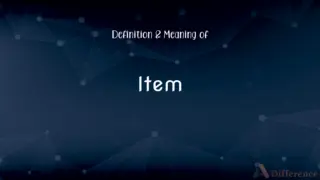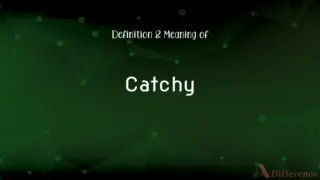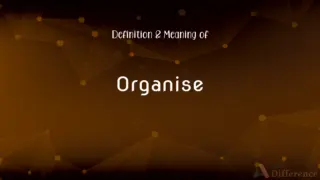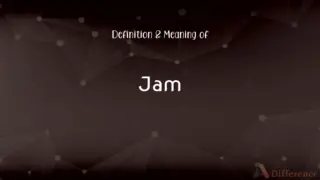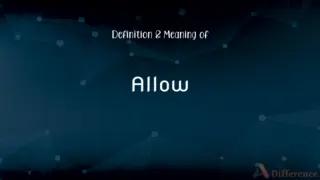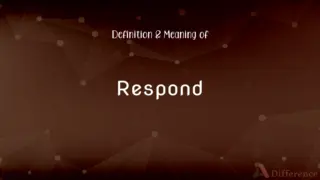Lute vs. Violin — What's the Difference?
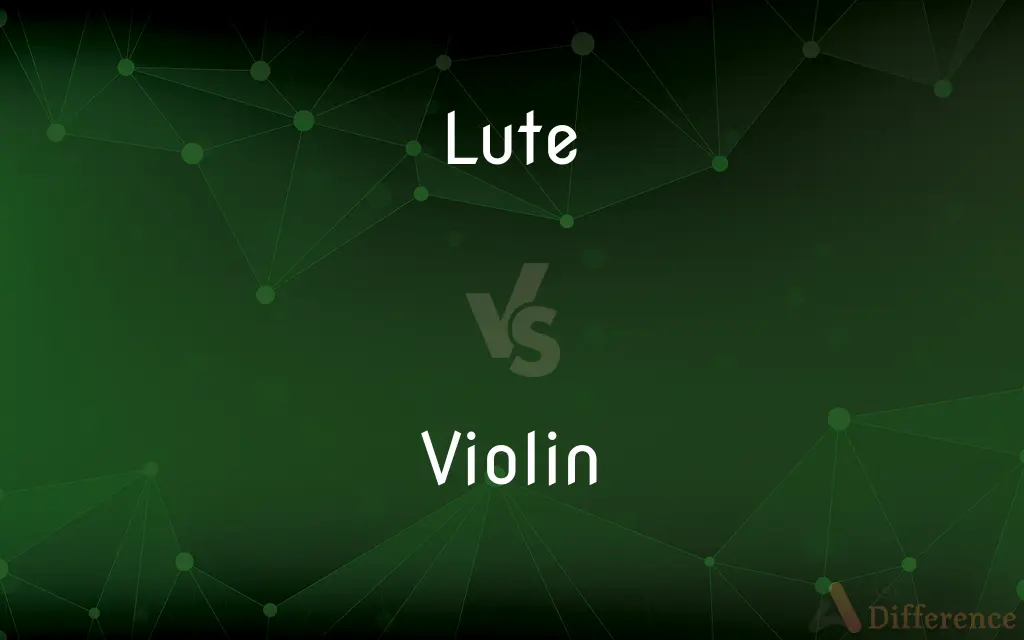
Difference Between Lute and Violin
ADVERTISEMENT
Compare with Definitions
Lute
A lute ( or ) is any plucked string instrument with a neck and a deep round back enclosing a hollow cavity, usually with a sound hole or opening in the body. It may be either fretted or unfretted.
Violin
The violin, sometimes known as a fiddle, is a wooden chordophone (string instrument) in the violin family. Most violins have a hollow wooden body.
Lute
A plucked stringed instrument with a long neck bearing frets and a rounded body with a flat front, rather like a halved egg in shape.
Violin
A stringed instrument played with a bow, having four strings tuned at intervals of a fifth, an unfretted fingerboard, and a shallower body than the viol and capable of great flexibility in range, tone, and dynamics.
Lute
Liquid clay or cement used to seal a joint, coat a crucible, or protect a graft.
ADVERTISEMENT
Violin
A small unfretted stringed instrument with four strings tuned (lowest to highest) G-D-A-E, usually held against the chin and played with a bow.
When I play it like this, it's a fiddle; when I play it like this, it's a violin.
Lute
Seal, join, or coat with lute
They were luted with a heavy coating of calcined chalk and eggshells
Violin
Any instrument of the violin family, always inclusive of violins, violas, and cellos and sometimes further including the double bass.
The string quartet, one of the most popular groupings in chamber music, is composed entirely of violins: two violins proper, one viola, and one cello.
Lute
A stringed instrument having a body shaped like a pear sliced lengthwise and a neck with a fretted fingerboard that is usually bent just below the tuning pegs.
Violin
The position of a violinist in an orchestra or group.
The first violin often plays the lead melody lines in a string quartet.
Lute
A substance, such as dried clay or cement, used to pack and seal pipe joints and other connections or coat a porous surface in order to make it tight. Also called luting.
Violin
(ambitransitive) To play on, or as if on, a violin.
Lute
To coat, pack, or seal with lute.
Violin
A small instrument with four strings, played with a bow; a fiddle.
Lute
A fretted stringed instrument of European origin, similar to the guitar, having a bowl-shaped body or soundbox; any of a wide variety of chordophones with a pear-shaped body and a neck whose upper surface is in the same plane as the soundboard, with strings along the neck and parallel to the soundboard.
Violin
Bowed stringed instrument that is the highest member of the violin family; this instrument has four strings and a hollow body and an unfretted fingerboard and is played with a bow
Lute
Thick sticky clay or cement used to close up a hole or gap, especially to make something air-tight.
Lute
A packing ring, as of rubber, for fruit jars, etc.
Lute
(brickmaking) A straight-edged piece of wood for striking off superfluous clay from earth.
Lute
To play on a lute, or as if on a lute.
Lute
To fix or fasten something with lute.
Lute
A cement of clay or other tenacious infusible substance for sealing joints in apparatus, or the mouths of vessels or tubes, or for coating the bodies of retorts, etc., when exposed to heat; - called also luting.
Lute
A packing ring, as of rubber, for fruit jars, etc.
Lute
A straight-edged piece of wood for striking off superfluous clay from mold.
Lute
A stringed instrument formerly much in use. It consists of four parts, namely, the table or front, the body, having nine or ten ribs or "sides," arranged like the divisions of a melon, the neck, which has nine or ten frets or divisions, and the head, or cross, in which the screws for tuning are inserted. The strings are struck with the right hand, and with the left the stops are pressed.
Lute
To close or seal with lute; as, to lute on the cover of a crucible; to lute a joint.
Lute
To sound, as a lute.
Lute
To play on a lute, or as on a lute.
Knaves are menThat lute and flute fantastic tenderness.
Lute
A substance for packing a joint or coating a porous surface to make it impervious to gas or liquid
Lute
Chordophone consisting of a plucked instrument having a pear-shaped body, a usually bent neck, and a fretted fingerboard
Share Your Discovery
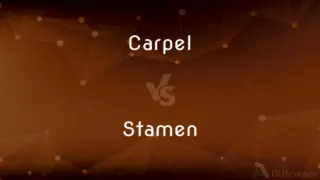
Previous Comparison
Carpel vs. Stamen
Next Comparison
Cheroot vs. Cigar









